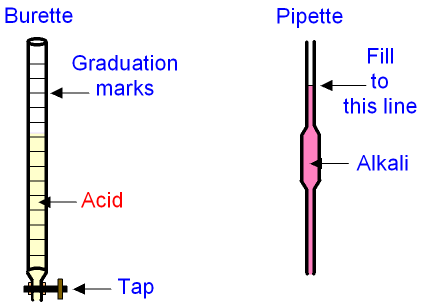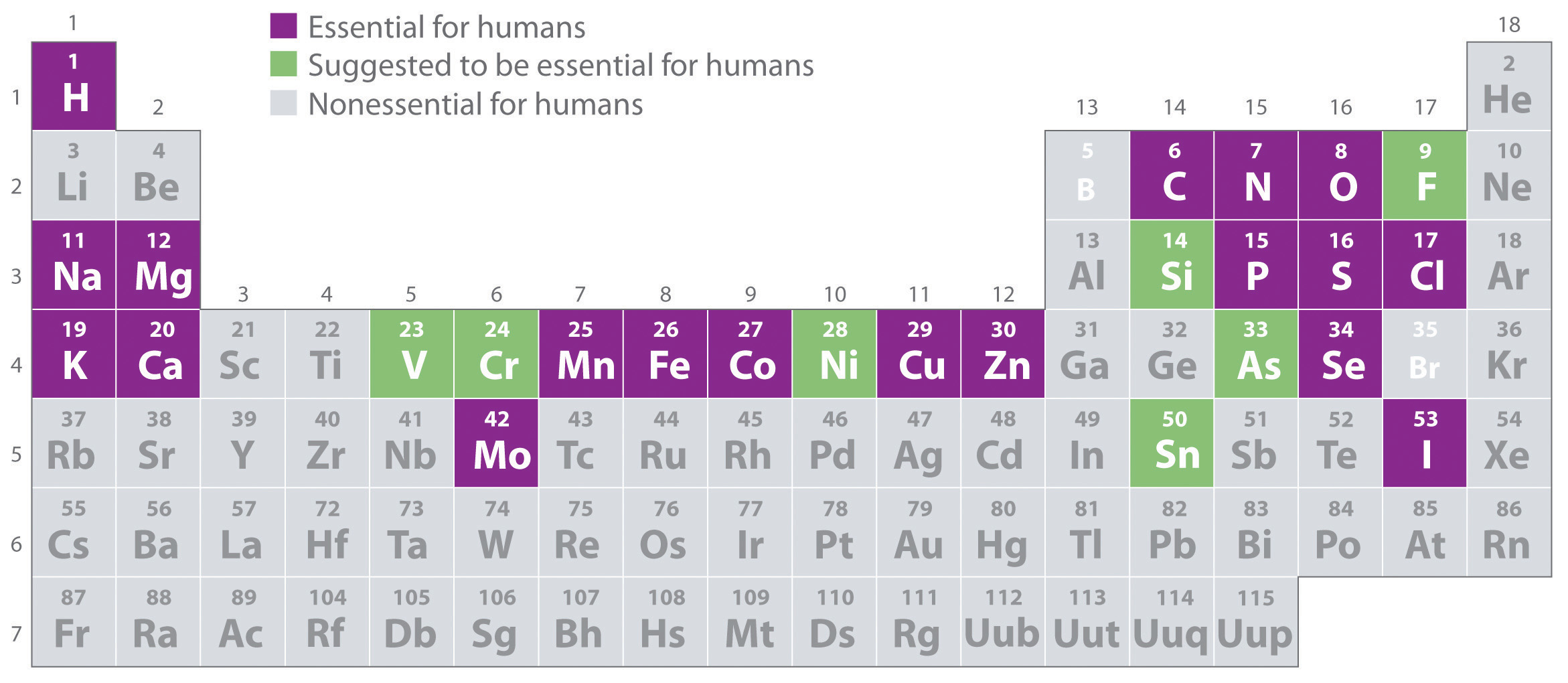2. What chemicals make up your body?
3. Peoples names in Periodic table - Do you know Nobel and Einstein have elements named after them and so is the person who created Periodic table .(His name is ??? and he is from?? - read along - Element 101 is named after him)
4. How can you teach Chemistry in the internet era to your kid and the kid in you?
1. My Chemistry - your chemistry - Organic Chemistry and Inorganic Chemistry - What are they?
I want you the reader to be smarter than a 5th grader (or 8th grader) .
#STEM #CHEMISTRY
After watching a lot of Indians movies and interviews from actors and directors the only chemistry I know is between the Hero and the Heroine!
The new focus for kids in America is STEM - Science, Technology,Engineering and Math .
Kids learn a lot and that is their full time job and a boring one. We as adults have real full time jobs and for some it is a boring one too. Why not trade ours to the kids and start learning!
This time it is chemistry. Yes. the Chemistry which have equations,chemical reactions, atoms,elements and test tubes. Bunsen Burner - my favorite - the only fun companion for me in my chemistry class other than - yes you got it Pipette and Burette.
I am not sure about you but I have drank a lot from these little instruments and became chemically active while inducing burns to my friends with our Bunsen Burner!


Chemistry is a branch of science which was very boring so boring that even today I wonder what was the purpose of this?
I spent quite a bit of time trying to find the difference between organic and inorganic chemistry. While I never understood the real difference here is what I found
If something has carbon and hydrogen then it is organic chemistry.
If not inorganic chemistry.
Diamonds with carbon - inorganic. Why? I understood now that it has to have Hydrogen along with Carbon .It has to be Now I assumed all living things are part of organic chemistry.
Think-
Do you eat vitamins?
Vitamins ("vita" = life and "amine" = containing nitrogen) are organic (containing carbon, which is an element found in all living things) compounds (containing atoms of one or more different elements).
Minerals are pure inorganic elements (containing atoms of the same element), meaning they are much simpler in chemical form than vitamins.
All vitamins are essential or required by our bodies, whereas only some minerals are essential nutrients.
When you have bacteria which is a living organism you fight them using chemistry - yes. All paracetamols (for Americans - Tylenol For Indians in India - Chrocin ) are nothing but chemistry to fight biology!!!
If your body needs hormones it can be supplied from outside as chemicals into your body and fool your body it is part of its own!
BioChemistry is a branch which deals with this complexity.
Physics - When you walk fast and if you are fall down because of your carelessness then it is physics which governs gravity,mass,acceleration and your poor eyesight which can be associated with speed of light.
Who cares about speed of light and speed of sound and how these are different in water,air and in vacuum!
2. What chemicals make up your body?
Chemistry - Explains can explain What your body made up of?
From http://www.livescience.com/3505-chemistry-life-human-body.html
Roughly 96 percent of the mass of the human body is made up of just four elements: oxygen, carbon, hydrogen and nitrogen, with a lot of that in the form of water. The remaining 4 percent is a sparse sampling of the periodic table of elements.

I was talking to my sister in India who teaches Math and was appalled to know the kids still use log tables.
Wow - Log tables and periodic tables . Do you remember them?
That bring us to Periodic table.

This is why we call it periodic table? Same periods for all elements in same row (Same number of electrons)
Currently there are only 7 rows in periodic table.
3. Peoples names in Periodic table - Do you know Nobel and Einstein have elements named after them and so is the person who created Periodic table .(His name is ??? and he is from?? - read along - Element 101 is named after him)
From about.com the following 13 elements were named after people
- bohrium (Bh, 107) – Niels Bohr
- curium (Cm, 96) – Pierre and Marie Curie
- einsteinium (Es, 99) – Albert Einstein
- fermium (Fm, 100) – Enrico Fermi
- gallium (Ga, 31) – both named after Gallia (Latin for France) and its discoverer, Lecoq de Boisbaudran (le coq, the French word for 'rooster' translates to gallus in Latin)
- hahnium (105) – Otto Hahn (Dubnium, named for Dubna in Russia, is the IUPAC-accepted name for element 105)
- lawrencium (Lr, 103) – Ernest Lawrence
- meitnerium (Mt, 109) – Lise Meitner
- mendelevium (Md, 101) – Dmitri Mendeleev
- nobelium (No, 102) – Alfred Nobel
- roentgenium (Rg, 111) – Wilhelm Roentgen (formerly Ununumium)
- rutherfordium (Rf, 104) – Ernest Rutherford
- seaborgium (Sg, 106) – Glenn T. Seaborg
Now this is a periodic table that I like.
Colors blue for yes democrats and pink (not sure why they didn't make it red - it is always easy to criticize other people's work and not appreciate the effort!)
I grabbed a book from library titled
The Periodic Kingdom; A Journey into the Land of the Chemical Elements
by P. W. Atkins
Atkins does know how to explain Chemistry's Periodic table different from other teachers. Written a long time back this book has only 90+ elements - not that I care. Now we have 118.
He discusses the elements as though they are new countries that were discovered from time to time and each region in periodic table assigned regions like western desert ,lake and other geographic analogies.
When I read more I will post more on this approach.
I also have another book on this subject that I am reading
The disappearing spoon : and other true tales of madness, love, and the history of the world from the periodic table of the elements / Sam Kean.
Sam kean knows his stuff - he starts with elements and write stories about people . The People who worked on these elements! Take this woman - Lisa Meitner for example - she refused to work on atomic bomb!!
A 1997 Physics Today study concluded that Meitner's omission was "a rare instance in which personal negative opinions apparently led to the exclusion of a deserving scientist" from the Nobel.[9] Element 109, meitnerium, is named in her honour.[10][11][12]
http://en.wikipedia.org/wiki/Lise_Meitner
In the meantime what did the Russians do for chemistry?
Wiki Quotes about this specific Russian as
The Russian chemist and science historian Lev Chugaev has characterized him as "a chemist of genius, first-class physicist, a fruitful researcher in the fields of hydrodynamics, meteorology, geology, certain branches of chemical technology (explosives, petroleum, and fuels, for example) and other disciplines adjacent to chemistry and physics, a thorough expert of chemical industry and industry in general, and an original thinker in the field of economy." Mendeleev was one of the founders, in 1869, of the Russian Chemical Society. He worked on the theory and practice of protectionist trade and on agriculture.
For his predicted eight elements, he used the prefixes of eka, dvi, and tri (Sanskrit one, two, three) in their naming. Mendeleev questioned some of the currently accepted atomic weights (they could be measured only with a relatively low accuracy at that time), pointing out that they did not correspond to those suggested by his Periodic Law. He noted that tellurium has a higher atomic weight than iodine, but he placed them in the right order, incorrectly predicting that the accepted atomic weights at the time were at fault. He was puzzled about where to put the known lanthanides, and predicted the existence of another row to the table which were the actinides which were some of the heaviest in atomic mass. Some people dismissed Mendeleev for predicting that there would be more elements, but he was proven to be correct when Ga (gallium) and Ge (germanium) were found in 1875 and 1886 respectively, fitting perfectly into the two missing spaces.[13]
By giving Sanskrit names to his "missing" elements, Mendeleev showed his appreciation and debt to the Sanskrit grammarians of ancient India, who had created sophisticated theories of language based on their discovery of the two-dimensional patterns in basic sounds
4. How can you teach Chemistry in the internet era to your kid and the kid in you?
There are several ways to learn about periodic table today (inspired by http://waterhouseguild.com/seven-ways-to-the-wonders-of-chemistry/)
1. Videos about every element
http://www.periodicvideos.com/videos/003.htm
Read this link to learn how to learn Periodic table elements
2.Video about specific experiments
Gummy Bear Sacrifice at
https://www.youtube.com/watch?feature=player_embedded&v=Pr1UYivhTfE
3. Flash cards - available in amazon.com and other internet retailers
4. Great books other than the boring academic ones (I have quoted 2 in this blog)
5.Posters - large one and kid friendly ones
6. Actual lab work and lab experiments at home including washing dirty dishes and hands (which can help how soap can clean dirt!!)
If you any suggestions or comments on other ways to teach or learn chemistry or any interesting fact about chemistry please let me know.
Keep Learning chemistry
Sivakumar Manikanteswaran



No comments:
Post a Comment